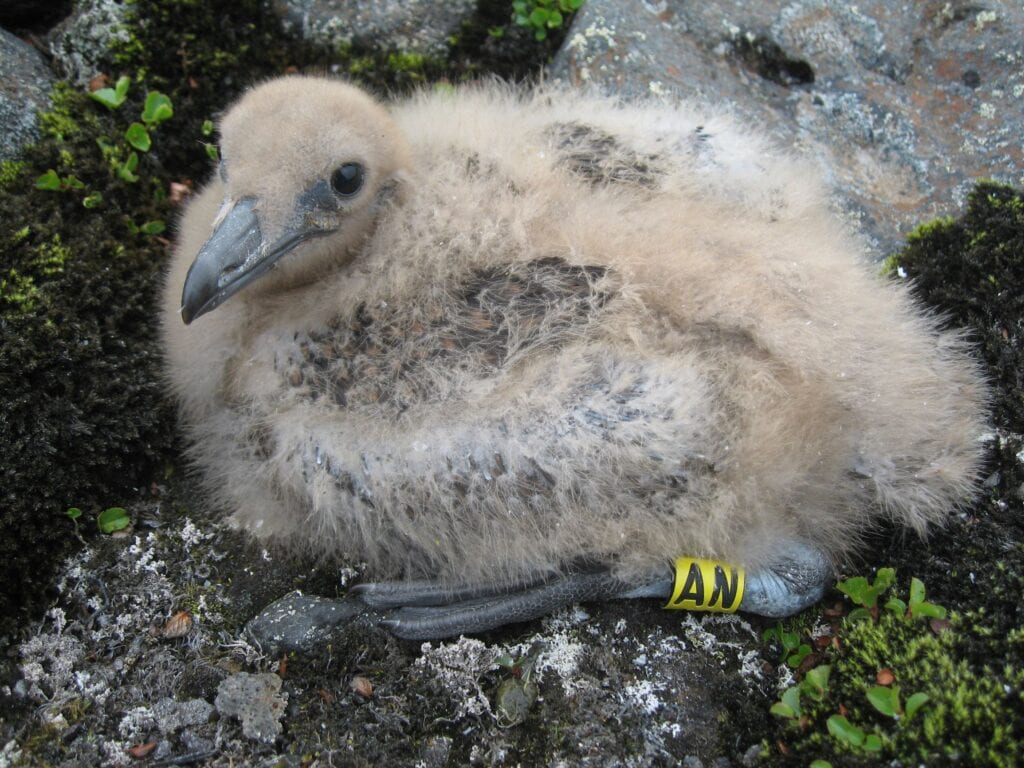Method for monitoring survival rate
In order to find the probability of a bird in a given population surviving from one year to the next, a lot of birds have to be captured and banded.
Annual adult survival rates of birds within a given population are estimated using mark-recapture analyses. Data for such analyses are collected by individually marking (colour ringing) a sample of birds (preferably more than 150) in that population. Every subsequent year, the presence of ringed individuals is registered by observation or recapture. This way, the survival of single individuals is monitored over several years. The work is normally conducted at the breeding sites, and new individuals are ringed regularly in order to compensate for those lost over the winter. In SEAPOP, we normally mark the birds with individually colour- and/or letter-coded plastic rings in addition to a metal ring from Stavanger Museum. In special cases, we have also used small transponders that are injected underneath the skin that can be detected electronically over short distances.

Photo: Erlend Lorentzen
Statistical analyses
Statistical estimates of annual adult survival of the birds are calculated using mark-recapture models. The basic statistical models for such estimations were first described by Richard Cormack, George Jolly and George Seber in the 1960s and are called CJS models after their originators. These models are so unbiased that no one has made any corrections to them since they were first introduced.
